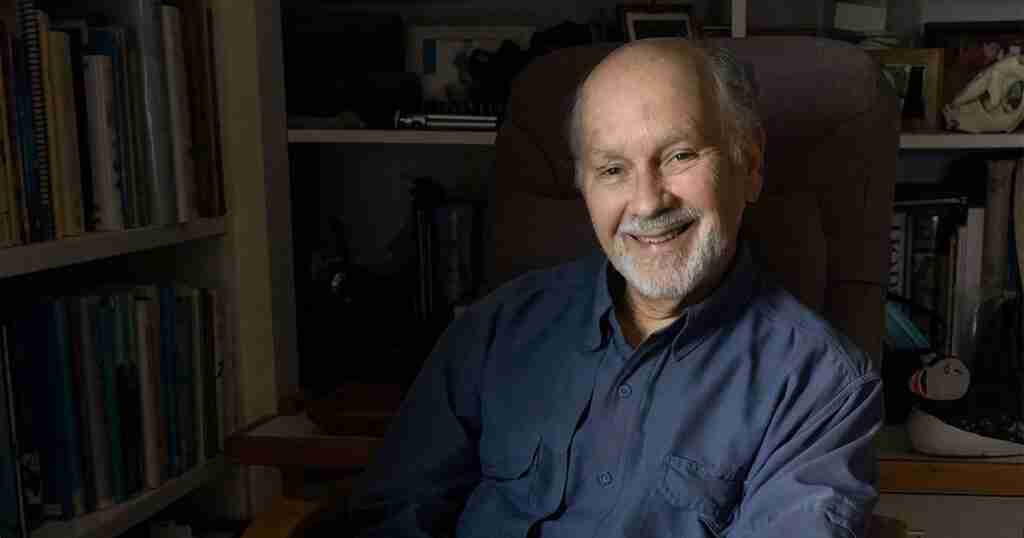[ad_1]
The San Gabriel Mountains stand tall on the outskirts of Los Angeles, providing a natural backdrop and green refuge beyond the city’s downtown skyline. The area’s national forest lands and trails make up 70 percent of the open space in Los Angeles County, and in 2014, President Barack Obama designated 350,000 acres as a national monument to fund and preserve this outdoor recreational treasure.
But some residents, even people living around the mountains, hardly set foot in the San Gabriels. Not only is a car needed to visit, but so is a driver willing to navigate steep roads, says Bryan Matsumoto, who grew up in nearby Temple City. “The fact that there is no public transportation currently is a huge environmental injustice,” says Matsumoto, a project manager with the local nonprofit Nature for All.
This situation isn’t exclusive to Los Angeles. In 2021, Keunhyun Park, an urban nature design researcher at the University of British Columbia, led a study that investigated public transit access to public lands in 15 of the largest western U.S. cities. In 12 cities, either lower-income communities, people of color, or seniors tended to have longer trips and less access to large parks “in spite of the fact they are the groups who rely more on public transit uses,” he says.
Overall, the study found that non-Hispanic white neighborhoods had better transit options. Surprisingly, the research found little evidence of unequal access to large parks in Los Angeles, as well as Denver and Tucson. These cities, Park notes, have been investing in public transit access to nature for high-need neighborhoods. In 2019, for example, Los Angeles Metro adopted a “transit to parks” strategy and created a new shuttle to connect the downtown with recreation areas.
Today, more public officials want to offer car-free ways to visit natural places. Often, their motivation is aimed at easing car congestion at popular sites, but the issue of unequal access is getting more attention. In a follow-up survey, Park found more than 100 “transit to park” initiatives implemented around the United States and Canada, ranging from new permanent or seasonal lines to simpler informational campaigns. For example, in 2022, New Hampshire’s Manchester Transit Authority launched a pilot route connecting state parks and nature centers. In Nevada, the Lahontan Audubon Society partnered with county officials to create a map marking popular birding spots within walking distance from bus stops.
Now a community-based coalition in Los Angeles is working with transit authorities to connect an estimated 760,000 residents to the Angeles National Forest in the San Gabriel Mountains. Expected to launch for pilot operations in 2025, the weekend Mount Wilson Express bus shuttle will mark the first public transit access to the national forest since a trolley service took passengers to Echo Mountain between 1893 and 1936. “The dream that we have today of building this shuttle system—it’s really so much easier than what they did before,” says Matsumoto. “We just want to run buses.”
Finding long-term funding for new public transit projects, however, can be a barrier to such aims. It took five years of efforts to eventually fund the pilot period for the Mount Wilson Express. To raise support, advocates organized field trips with officials and community members, including one with U.S. Rep. Judy Chu (D-CA), which eventually led to more than $1.7 million in congressional funding. The Los Angeles Metro also awarded $750,000 to Pasadena Transit, a partner in the project.
In general, it’s important for policymakers and local transit agencies to see successful examples of new transit services that really help underserved communities, says Kitty Craig, Urban to Wild program director with The Wilderness Society. “It’s exciting to see progress across the country,” she says. “We’re looking at how do we elevate those success stories so that we can expand the imagination of local leaders.” In the future, greater federal support could be part of the puzzle. In May 2023, U.S. Rep. Jimmy Gomez (D-CA) and Sen. Cory Booker (D-NJ) re-introduced the Transit to Trails Act, which would direct the Department of Transportation to award grants for projects that increase public land access for underserved communities.
Even once funded, however, buses can hit road bumps. Trailhead Direct, a seasonal service that connects downtown Seattle with hiking destinations in King County, Washington, had four routes in 2019, and more than 35,000 people got on board. But when the pandemic hit, King County Metro had difficulties in retaining drivers and mechanics and had to cut service down to one route. The agency is now looking to find ways to increase hiring and staff retention so they can get back to offering multiple routes in the future, says Katie Chalmers, service division manager at King County Metro.
Matsumoto, with Nature for All, is now working to raise more funds to build bus shelters for the 2025 launch of the Mount Wilson Express. The effort to fund sustainable bus operations to the San Gabriels—creating a permanent solution to accessing this public land—would be a dream come true for him. “This is my project of a lifetime,” he says. “I will die happy if I can make this work.”
This story originally ran in the Summer 2023 issue as “All Aboard.” To receive our print magazine, become a member by making a donation today.
[ad_2]
https://www.audubon.org/news/why-cities-need-better-public-transit-public-lands



